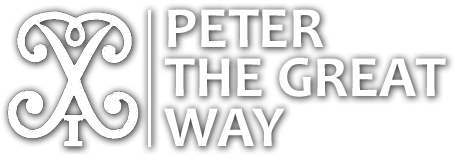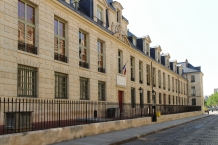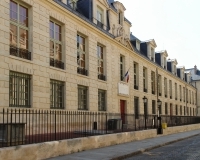Arsenal (Arsenal)
The Grand Arsenal and the Petit Arsenal occupied a large space between the embankment of the Seine, the wall of Charles V, the Bastille, and the Celestine monastery. (Today, this is the area between the Boulevard Bourdon, the Boulevard Morland, the Rue de Sully and the Rue de l’Arsenal.) The Arsenals comprised a range of buildings, courtyards and gardens. Built in the 16th-17th centuries, the Arsenals were used to store weapons and munitions, produce gunpowder and cast cannons, and also served as a residence for the Grand Master of Artillery of France.
In 1684, the Keller brothers began to use the Arsenal to cast bronze statues for royal residences. The famous casters had invented a new type of bronze that enabled them to introduce a one-piece casting technique which was used to cast a giant equestrian statue of Louis XIV designed by François Girardon.
The only surviving building of the Grand and Petit Arsenals is the residence of the Duke of Sully who was the Grand Master of Artillery from 1594 to 1610. The building was modified in the 19th century and currently houses the Arsenal Library, a part of the National Library of France.
The Grand Arsenal and the Petit Arsenal (the latter was just behind the wall of the Hotel (Mansion) Lesdiguières where Peter I stayed in Paris) were the first sites in Paris visited by the Russian Tsar on April 30/May 11, 1717. His Travel Journal says: “On the 30th day, before the noon, His Royal Majesty visited the Arsenals and the royal houses where all kinds of copper statues are cast…” Apparently, the Tsar was attracted by the new technology of casting bronze statues that was used in the Arsenal and he combined this visit with viewing royal statues in squares of Paris. It may be that the Tsar was hosted by the Grand Master of Artillery the Duke du Maine — the legitimized son of the King Louis XIV and Madame de Montespan — who lived in the Arsenal building.
Currently, the Arsenal Library keeps a portrait of Peter I. French researchers suggest that it was donated by the Tsar to the Duke du Maine. According to another version, the portrait was painted by Louis Caravaque, a French painter who worked in Russia, and it found its way to Paris after the Tsar’s visit.



